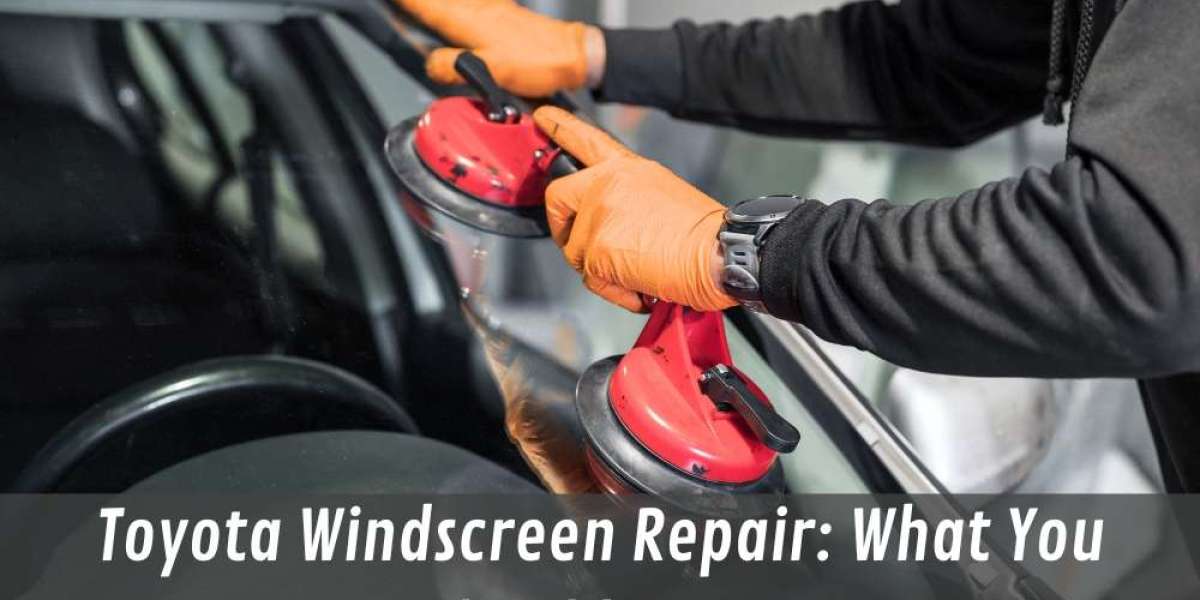When it comes to looking after your vehicle, the windscreen isn’t something to ignore. It’s more than just a pane of glass — it’s a critical safety feature, shielding you from road debris while keeping the structure of the car strong in a collision. That’s why even the smallest crack or chip can turn into a bigger issue if left alone. For drivers of one of Australia’s most popular makes, knowing where to turn for Toyota windscreen replacement is essential. Acting quickly can prevent further damage, save on costs, and keep your vehicle compliant with safety regulations.
Why is windscreen damage a safety risk?
Windscreen damage is risky because it blocks visibility and weakens cabin strength. Even tiny chips can spread quickly, leading to sudden failure.
Your windscreen forms part of the car’s safety shell and helps airbags deploy the way they should. Cracks distort vision and throw glare, particularly at night or in rain — not ideal. Safety bodies highlight how intact glazing supports occupant protection during impacts and rollovers. If the damage sits in the driver’s line of sight or along the edges, where stress builds, risk climbs fast.
Quick checks
- Any crack in the driver’s view
- Edge cracks or multiple chips
- Distortion, haze, or glare at night
When should you repair instead of replace?
Choose repair when the chip is small, shallow, and outside the primary view. Larger or edge-located cracks usually mean replacement.
Resin repairs can restore strength and clarity when you catch the damage early. Still, there are limits: long or branching cracks, star breaks, and hits on the perimeter don’t respond well. A short expert inspection can stop a borderline chip from becoming a full swap. Independent guidance backs the “repair early” rule thanks to thermal cycling and daily vibration.
Booking professional Toyota windscreen services can confirm if a repair meets safety standards and keeps your car roadworthy.
Repair-friendly scenarios
- Single chip smaller than a 5c coin
- Damage away from edges and sensors
- No visible distortion after resin fill
What are the clear signs you need immediate replacement?
You need a replacement if cracks are long, growing, or crossing the driver’s view. Multiple chips or edge damage also point to a full replacement.
Once a crack stretches several centimetres or creeps toward the perimeter, the glass can’t do its structural job properly. Temperature swings, potholes, and even a speed bump can make things worse in a hurry. Put it off and you risk inspection failure — plus ADAS calibration headaches on newer Toyotas. Roadworthy rules emphasise clear forward vision and intact safety systems for good reason.
Red flags
- Long cracks or “spider” patterns
- Damage near the rain sensors or cameras
- Worsening haze, double images, or glare
If you leave it, issues snowball: costs rise, safety drops. See the top reasons for Toyota windscreen replacement — it aligns with common safety guidance and what technicians see day to day.
Conclusion
Windscreen damage isn’t cosmetic; it’s a safety variable. Small, clean chips can often be repaired; spreading cracks and edge hits generally call for replacement. Act early, lean on qualified technicians, and stick to recognised safety advice to stay roadworthy and protected.



